The Albany Hardware & Iron Co.
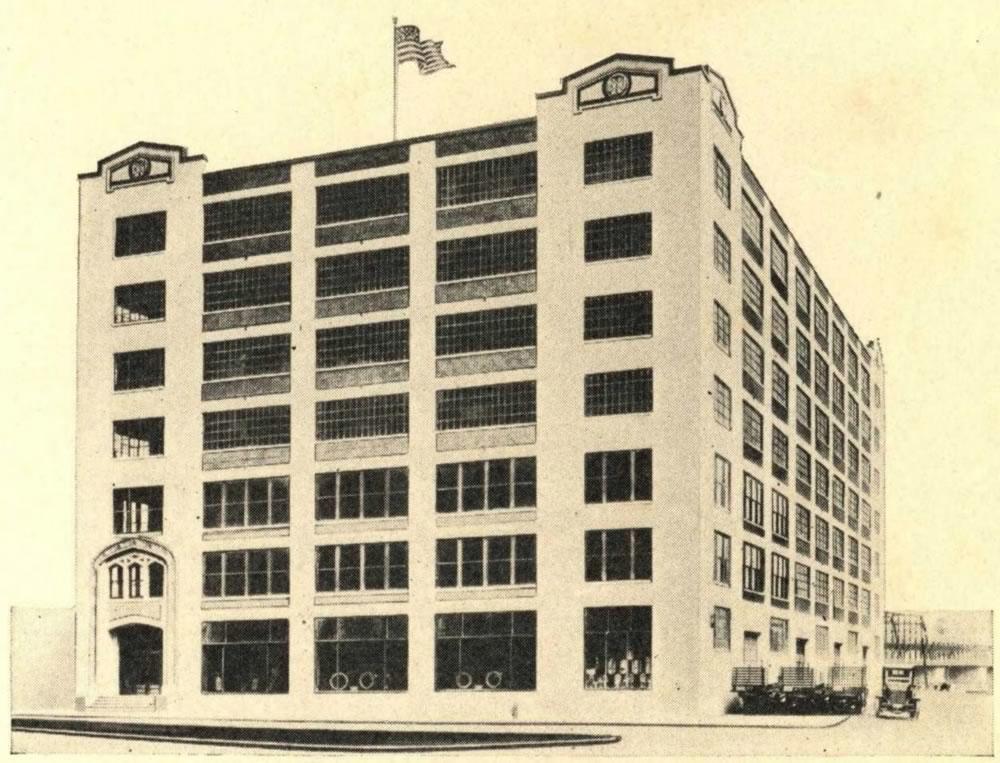
That image above is from a 1927 catalog and it depicts a building in Albany that still stands to this day. You totally know this building. Recognize it?
Look a little closer. Yep, now you probably see it.
It's the U-Haul building on Broadway in Albany, the one that stands tucked between 787 and the river, with the truck on the roof.
The building was originally the home of the Albany Hardware & Iron Co. Flipping through its almost-century-old catalog we couldn't help but think of Amazon, the dying embers of Sears, and the ongoing effort to get stuff to people when they want it.
Also: It's just really fun to gawk at all the stuff for sale in the old catalog.
The Sign of the Golden Hinge

This is a city map from 1895, which shows how Arch Street once ran continuously through to Broadway. The red rectangle is the location of the building, not to scale. / map via Wikipedia
As the catalog notes, The Albany Hardware & Iron Co. was founded in 1845. But its roots stretched all the way back to the late 1700s. From the history that accompanies company records held in the collection of the Albany Institute (we've broken it up into paragraphs for easier reading):
The Albany Hardware and Iron Company can be traced back to the year 1797. Samuel Hill received a land grant in the 1790s on 39-43 State Street, the first home of the Albany Hardware and Iron Company. This was the location of its retail division. Mr. Hill called his business The Sign of the Golden Hinge. The Store passed down to different owners over the years, the Pruyn family, then Maurice Viele. Eventually, in 1913, the company consolidated to form Albany Hardware and Iron Company.
The Company had a long history of promoting from within. Many of the Board and higher positions were filled from employees moving up in the company.
A warehouse facility was located on Dallius Street, but eventually, with growing demand for products, in the 1926, a new site was found, near the river, at Broadway and Arch Streets. Today, it is the home of U-HAUL.
Beginning in the 1950s, discount stores came into fashion, and changed the way business was done. Soon, there was no room for wholesale businesses, as retailers were now buying from co-ops. This forced the shutdown of the retail division of Albany Hardware and Iron Co. at 41 State Street in 1960. The next five years yielded losses. There seemed to be no end in sight. In 1966, a special meeting of the Stockholders voted for dissolution of the company. In 1967, the properties and bills were settled.
If you're thinking 39-43 State Street sounds like the bottom of the hill near Broadway (or even if it doesn't) -- you're right. The site of the old hardware store was on the north side of the block of State between Broadway and James. The building was knocked down in the 1960s for the construction of the office building that's now 41 State.
Spiral gravity chutes, telephones, copiers, and fiber conduit

At the beginning of that 1927 Albany Hardware & Iron Co. catalog there's a pictorial tour of sorts of the company's operations the new building along the river. It touted a facility with a "floor area of 170,000 square feet or a cubic capacity of nearly two million feet" across seven stories and a basement.
Though the specific tech mentioned in the tour is antiquated by today's standards, the concepts aren't too far off from how some company of today might describe their modern warehouse operation:
In planning and laying out the building it was our idea to use as much modern labor saving machinery as was practical. Spiral gravity chutes are used to lower merchandise from the upper floors to the shipping platform thus leaving the two large electric elevators free to handle the incoming goods. A gravity conveyor system combined with a spiral chute is utilized in assembling the shelf items for packing. These greatly decrease the labor cost and expedites the assembling.
The railroad spur extends along the entire south side of the building enabling us to unload five carloads at the same time and to facilitate the handling of merchandise from the cars and platform, lift trucks and platforms are used.
These also are used where practical to handle the outgoing shipments.
Transportation to and from the various freight houses is accomplished by a tractor-trailer system whereby a tractor with three trailers can accomplish nearly as much as three separate trucks. The saving not only in labor but also in investment can be readily seen.
In view of the ever increasing use of the telephone as a means of communication we have provided our plant with every facility in this field. First we have an eighty five station telephone board with twelve trunk lines to the main exchange. This is augmented by an automatic inter-communicating system of one hundred stations. The combination of these two systems greatly increases the efficiency of handling of our telephone traffic.
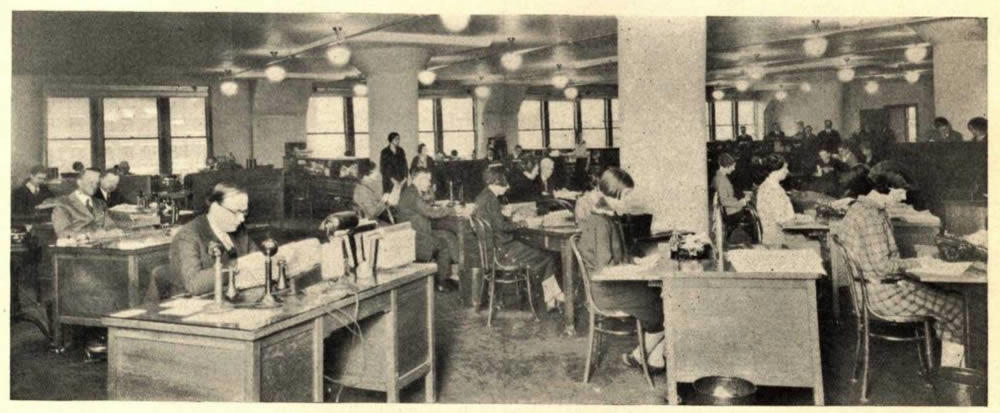
And, of course, there's a focus on information tech, even fiber conduit:
Our plant is so large that the physical delivery of orders and communications is impractical so a pneumatic tube system is utilized and by this means we are able to dispatch orders or reports from the office to any of the floors in less than five seconds. ...
All telephone and electric wires are laid in fibre conduits embedded in the concrete floor and the floor is covered with heavy linoleum for warmth and sound deadening.
Our bookkeeping, figuring and billing are handled by electrically operated machines of the latest type while dictating and transcribing machines are used to expedite our correspondence.
An automatic addressing machine is used to expedite the heading up of our mail advertising and is also used on our statement work. ...
Probably the most unique machines in use are those used to provide copies of our orders so that each order may be worked on all the different floors and in the office at the same time. The orders as received from our salesmen are put through these machines and the various necessary copies are produced with amazing rapidity. In this way it is not necessary for one set of order clerks to wait for another set to finish with the original before beginning to work their items. All order clerks have a copy at the same time and the work of assembling is greatly expedited.
The catalog claims that the company was able to ship 98 percent of its order on the same day the order arrived.
Catalog gawking
Really, though, it's just fun to flip through the catalog and gawk at all the products the company sold: everything from hardware to housewares to farm tools to sporting goods -- many with beautiful little illustrations. A few examples:
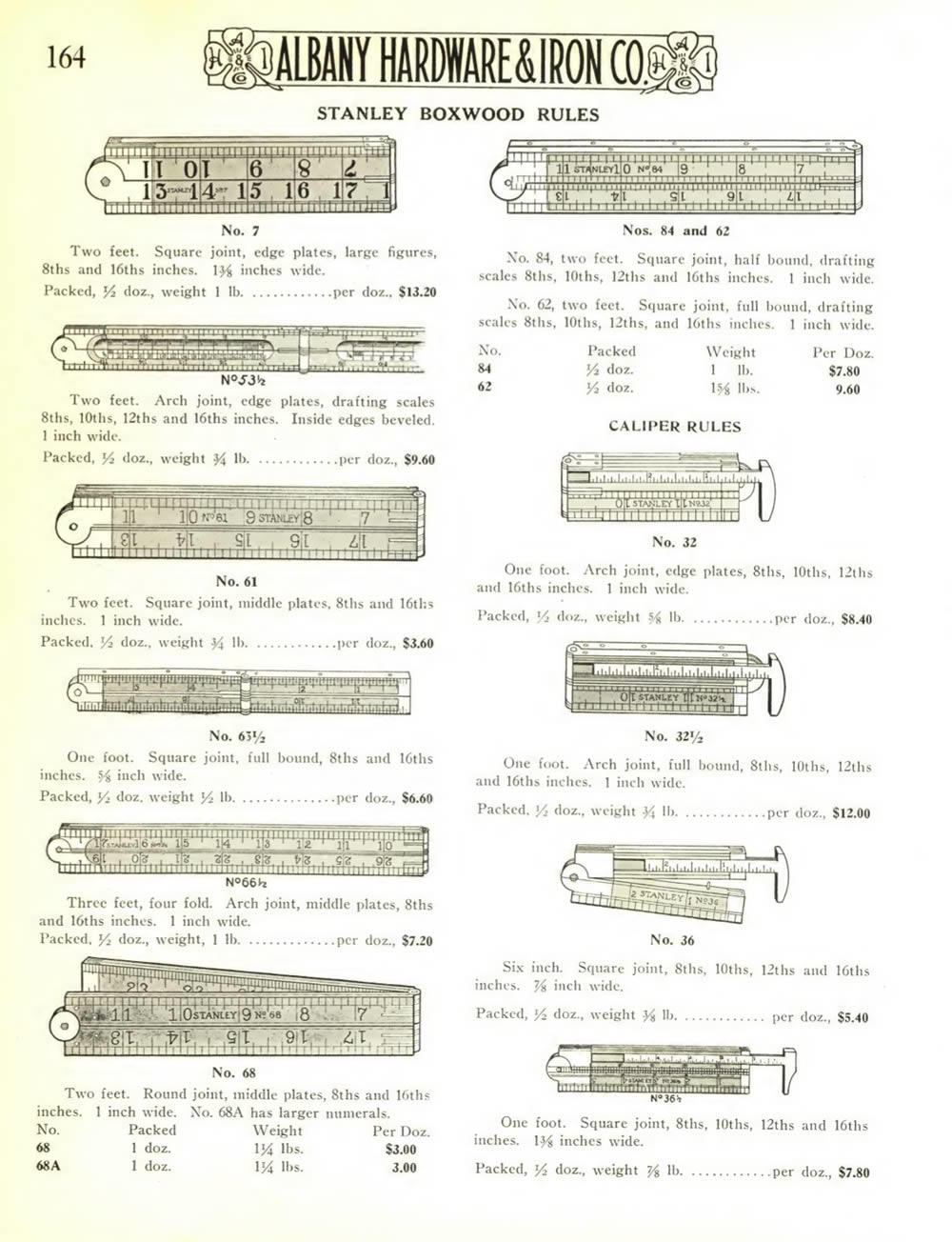
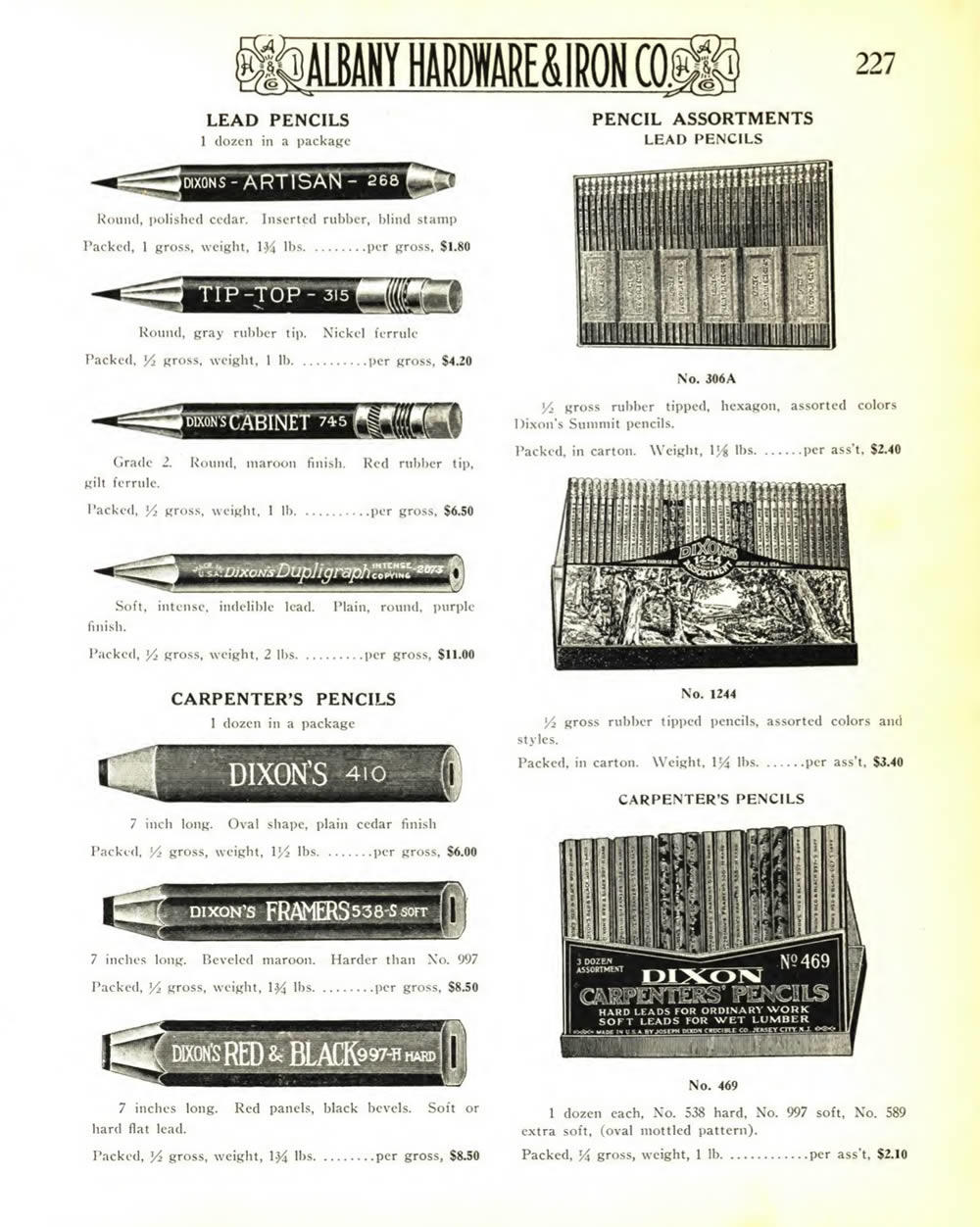
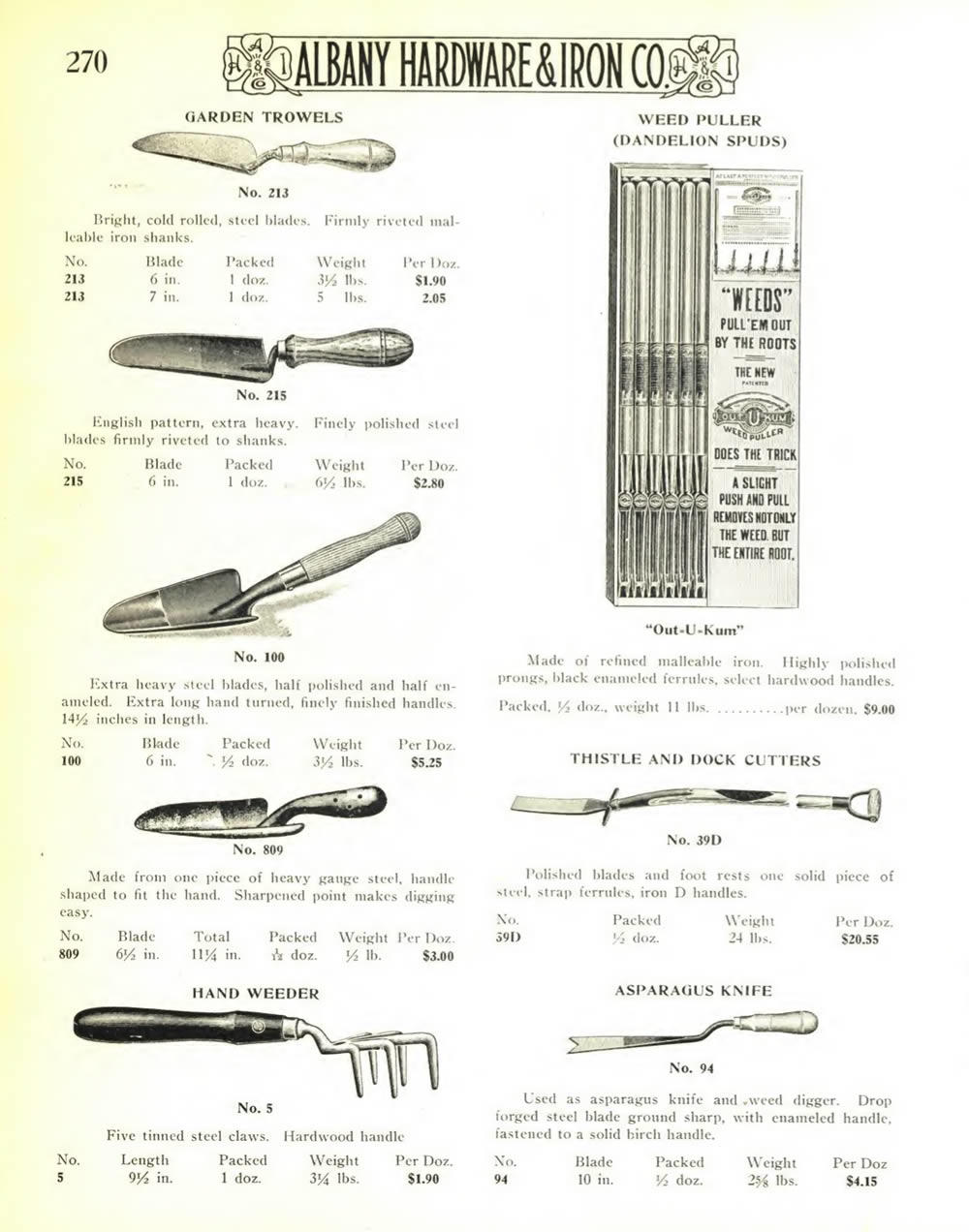
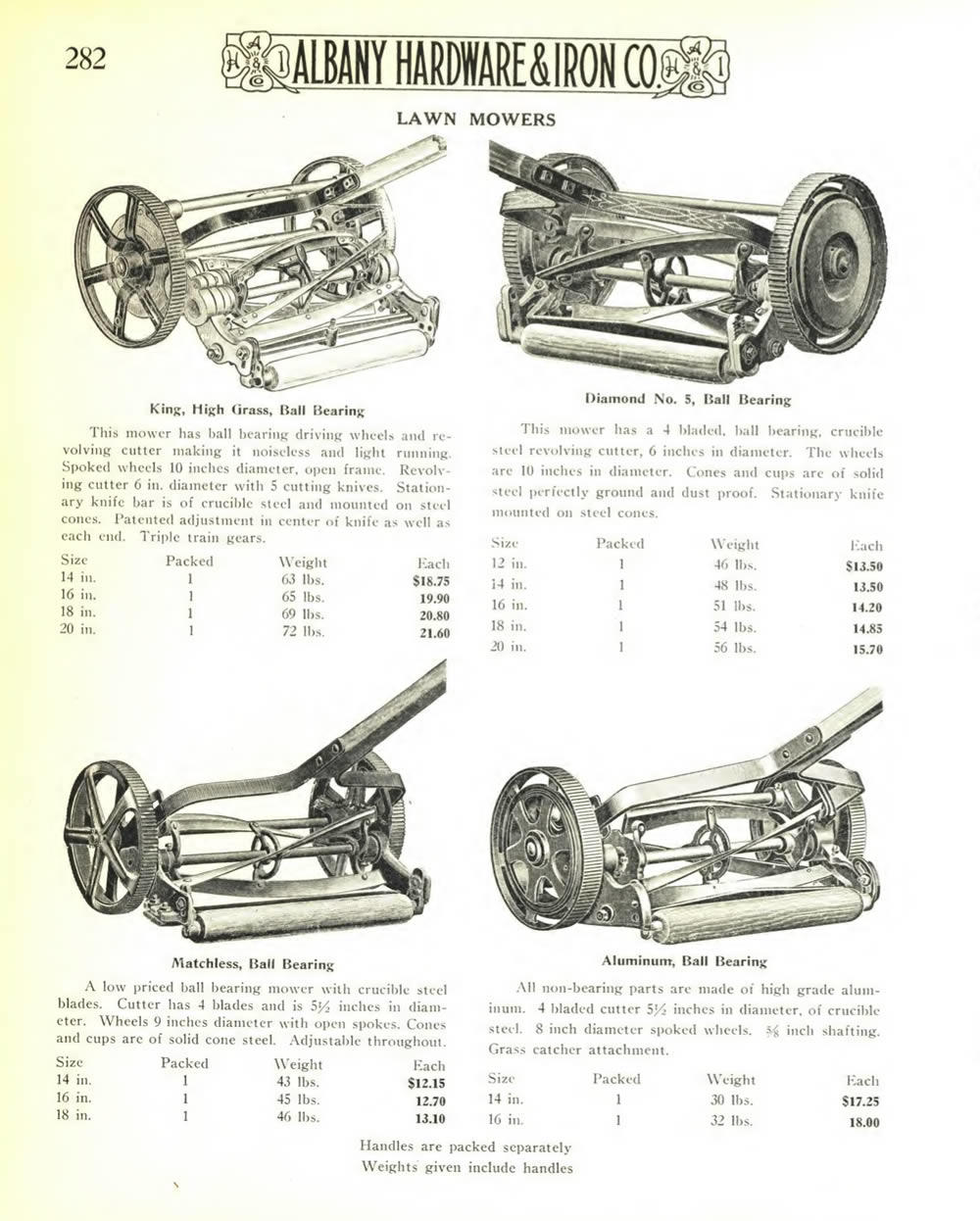

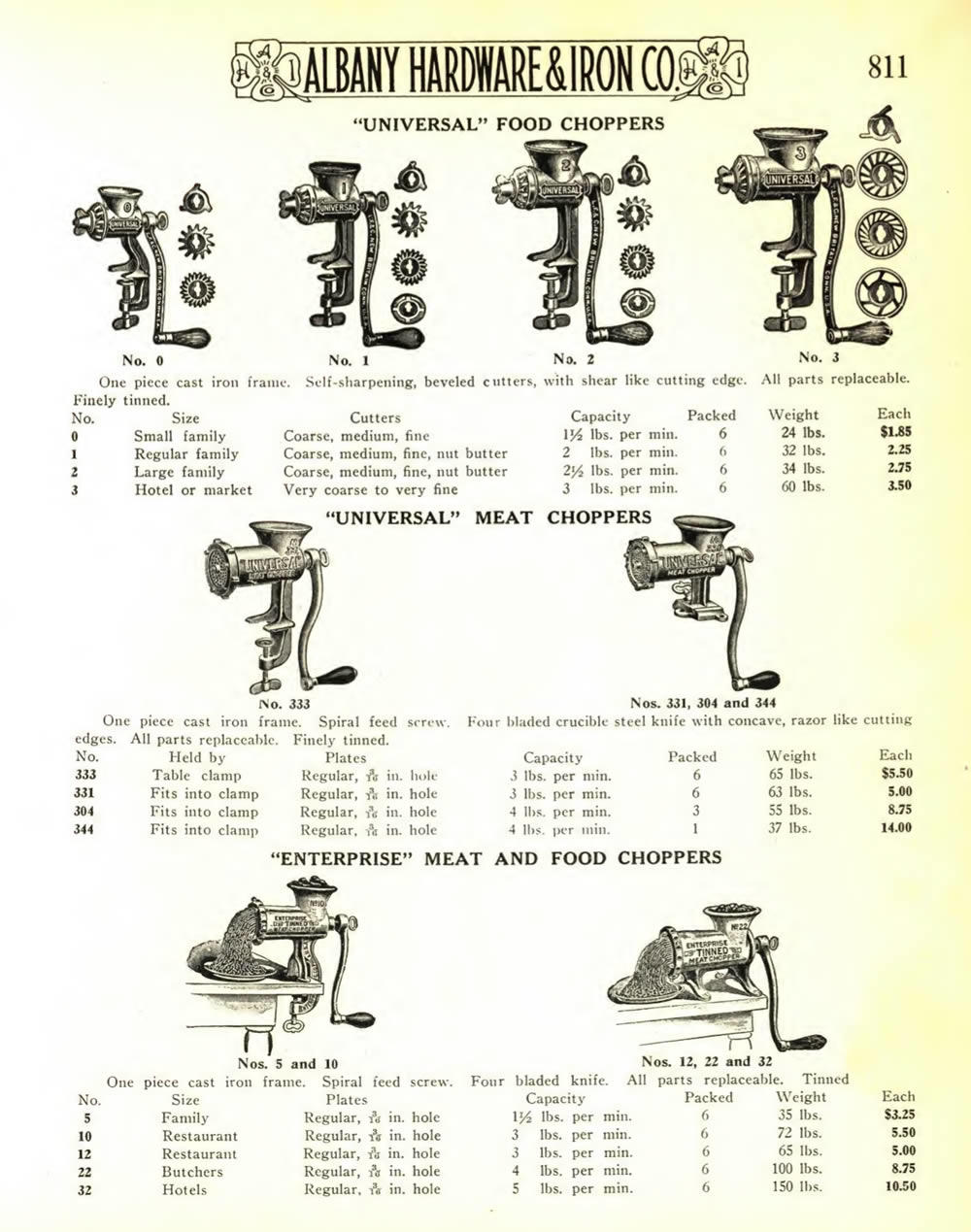
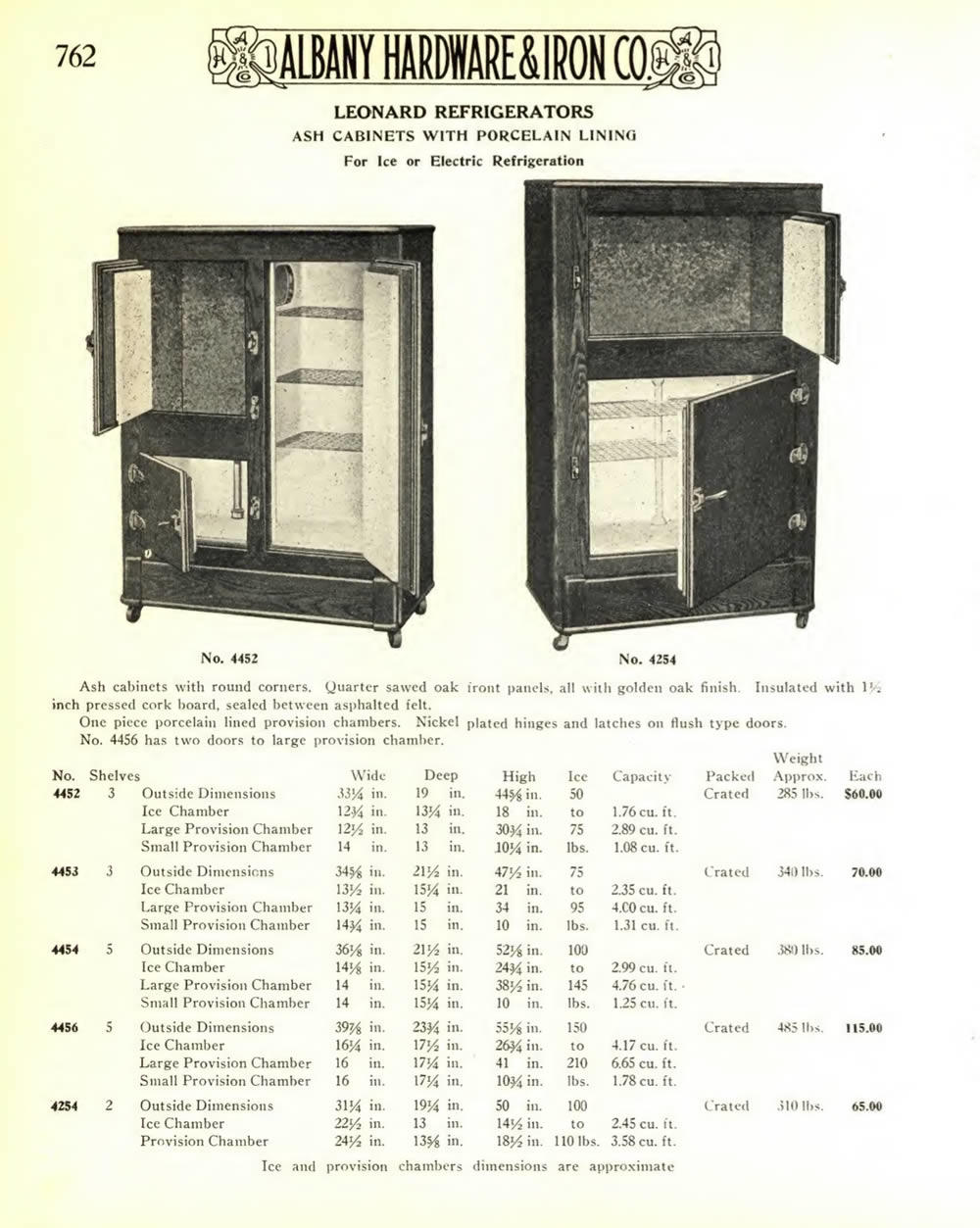

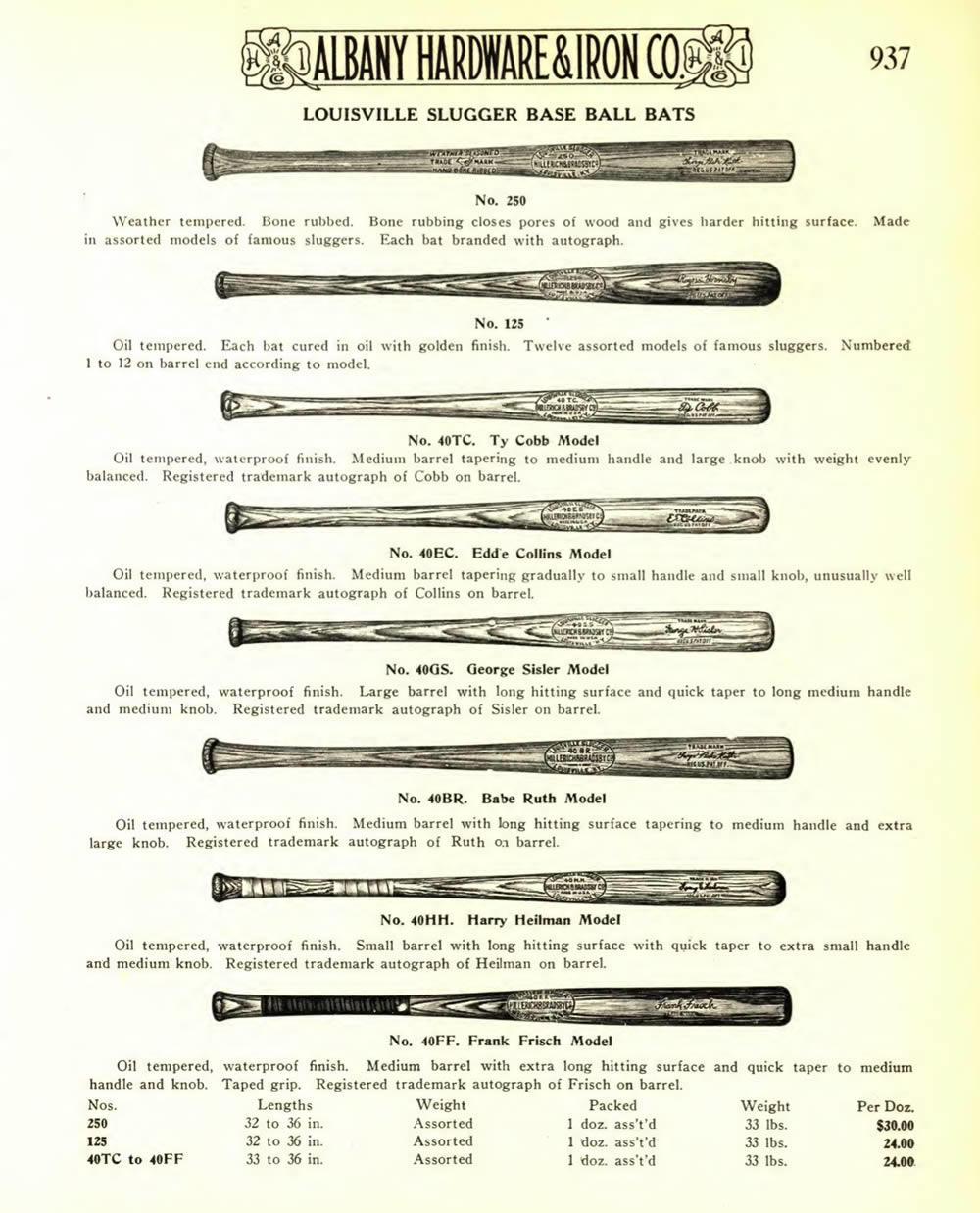
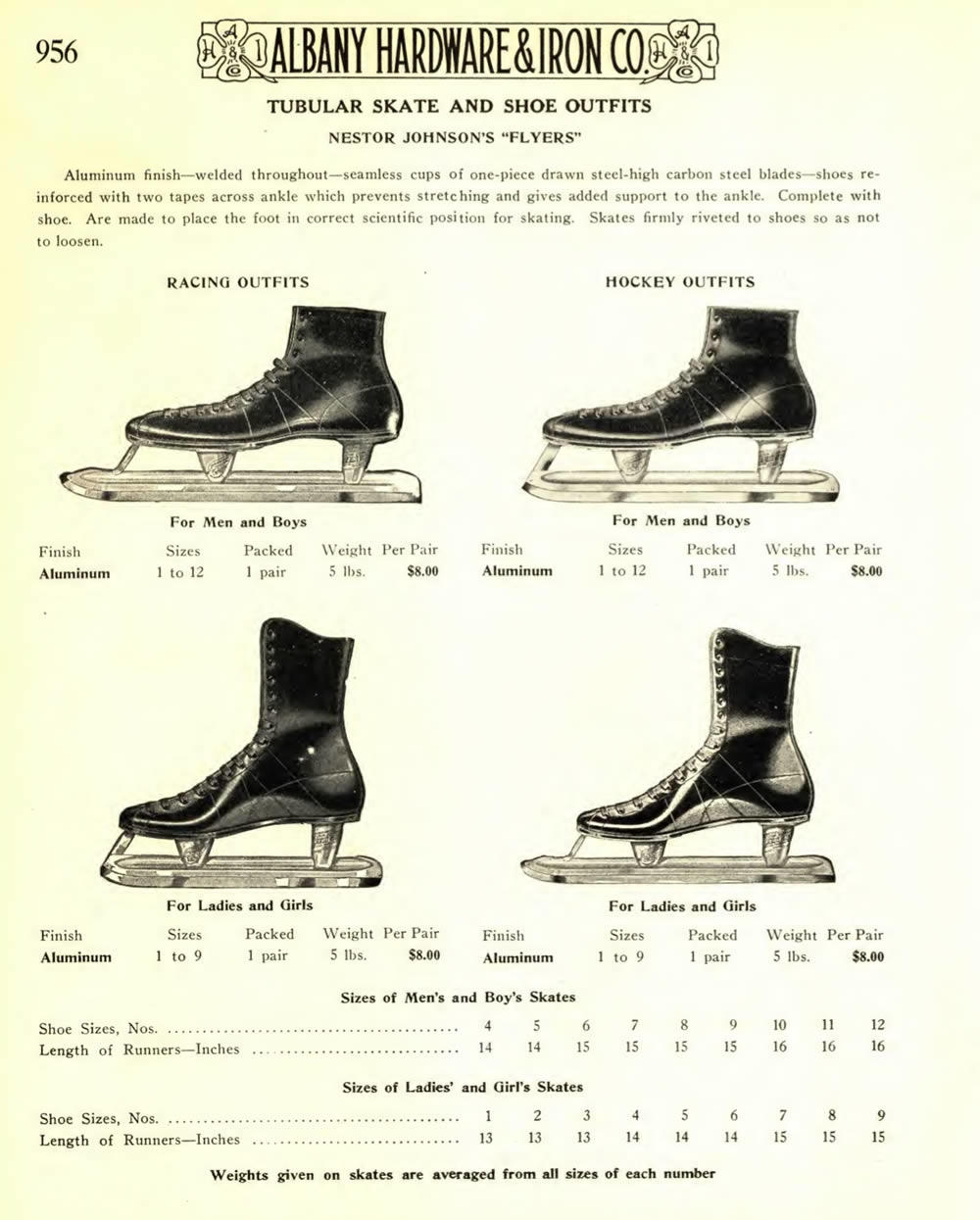
Archive.org makes it easy to flip through the catalog, which is some 800 pages long.
Hi there. Comments have been closed for this item. Still have something to say? Contact us.
Comments
For what it’s worth, there’s a beer connection to the AH&I building. The building sits where the main brewery building of the John Taylor brewery—the one time largest brewery in the country—once stood. In fact the current building shares a very similar footprint to the brewery. On old Taylor advertising you can see the outlet of the Beaverkill which spilled into the Hudson—which can still be seen today!
... said Craig on Oct 15, 2018 at 7:55 PM | link
I worked for Albright Hardware on South Pearl Street back in the mid-70’s. They had a AH&I catalog from the 1920’s and that was a trip! SO many items I had never heard of. They had quite an inventory. Great post; thank you!
... said Tim Rudzinski, Sr. on Oct 15, 2018 at 9:10 PM | link
Very cool! I always thought the building seemed a little grandiose for a warehouse until I saw the AH&I logo above the door. Anyone know the history of the building post-1966? Were there any intermediate tenants, did it sit vacant (an all too common problem in our city), or did U-Haul move in during the 60s? I just know I remember being delighted to see the spinning truck on the roof as a young child when my family moved here in the mid 90s.
... said Paulsome on Oct 16, 2018 at 3:04 PM | link